Cooking with seed oils has become a common practice in many households, thanks to their affordability and availability. However, not all foods pair well with these oils, as they can alter flavors and bring unwanted health implications. In this article, we explore twelve popular foods that you should avoid cooking in seed oils, each with its unique story.
Steak
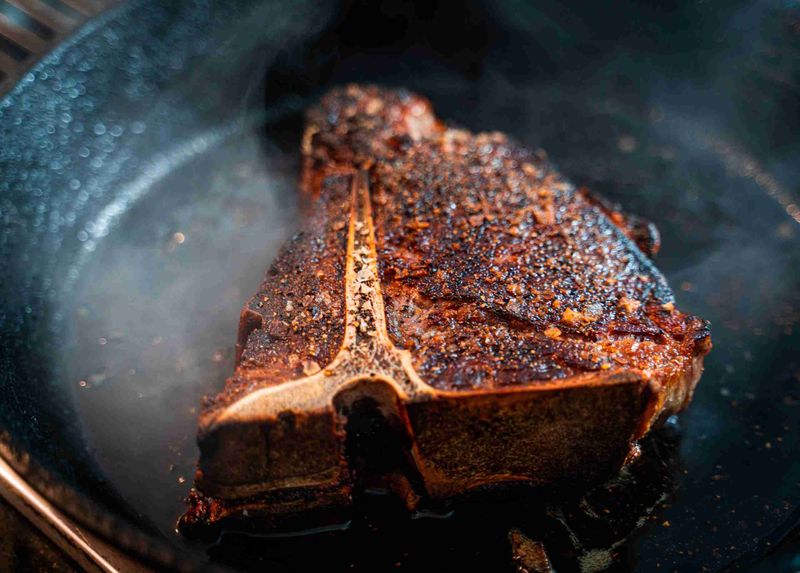
Steak, a beloved staple for meat lovers, deserves the utmost respect in preparation. Using seed oils can diminish the steak’s robust flavors, turning the dining experience into something lackluster. A high smoke point oil is crucial to achieve the perfect sear, locking in juices without imparting any off-tastes.
Imagine the disappointment of a grilled steak, its savory essence masked by the wrong oil choice. Achieving a caramelized crust that enhances the beef’s natural flavors is an art, and seed oils can disrupt this delicate balance.
Salmon
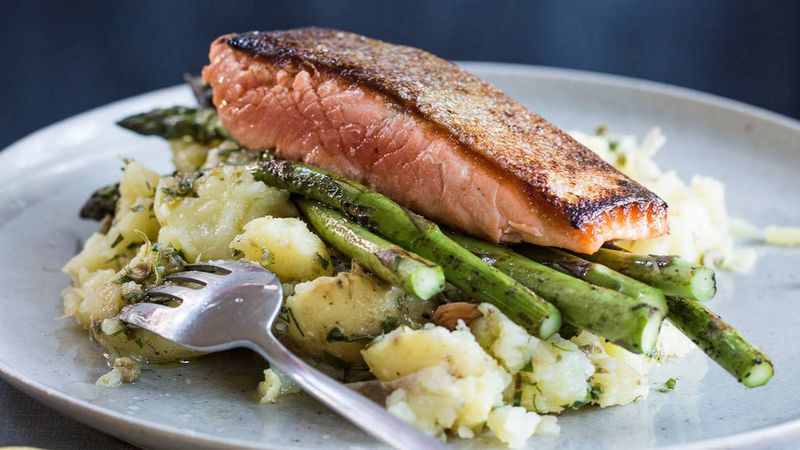
Salmon, with its delicate flesh and rich omega-3 content, requires gentle cooking to preserve its health benefits. Seed oils, often high in omega-6, can negate these positive effects. The subtle taste of salmon deserves an oil that complements, not overpowers.
Cooking salmon with seed oils may compromise its texture, leaving it greasy rather than moist and flaky. The wrong oil can overshadow its natural taste, which is why many chefs prefer alternatives like olive or avocado oil for this fish.
Eggs

Eggs are a breakfast favorite that shine with simplicity. Cooking them in seed oils can lead to off-flavors, detracting from their natural taste. A neutral oil or butter enhances the yolk’s richness without introducing unwanted bitterness.
The gentle nature of eggs demands care in preparation. Seed oils can introduce a greasy texture, overshadowing their natural appeal. For a satisfying meal, choosing the right cooking fat is essential, elevating the humble egg to culinary excellence.
Pancakes

Pancakes, cherished for their fluffy texture, can suffer when cooked in seed oils. These oils can impart an undesired heaviness, overwhelming the light, airy quality that makes pancakes delightful.
A subtle, complementary fat such as butter or coconut oil preserves their delicate sweetness and ensures a golden brown finish. The joy of pancakes lies in their simplicity, and using the right cooking fat highlights this, turning a simple breakfast into a memorable experience.
Chicken Breast
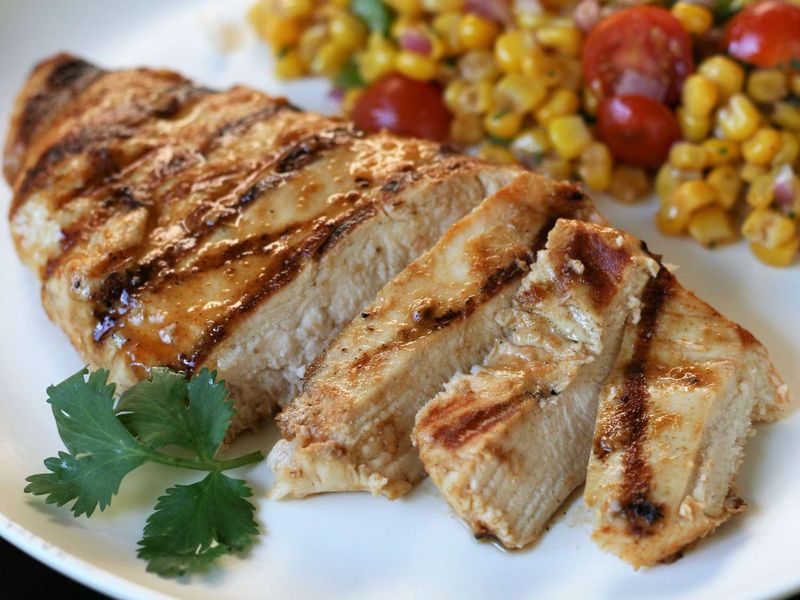
Chicken breast, often praised for its lean profile, can become dry and unappetizing when cooked in seed oils. These oils can interfere with the meat’s natural flavors, resulting in a bland and greasy finish.
To maintain its juiciness and enhance its mild taste, using an oil with a high smoke point is recommended. This ensures a tender, flavorful dish that does justice to the humble chicken breast, highlighting its potential beyond basic nutrition.
Tofu
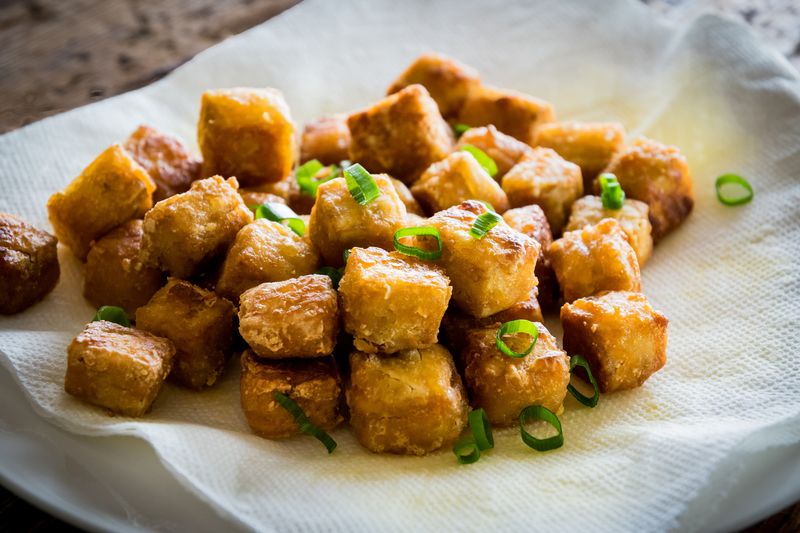
Tofu, a versatile plant-based protein, can absorb flavors effectively, making it vital to choose the right oil. Seed oils can clash with tofu’s subtle taste, leaving an unpleasant aftertaste.
For a crisp exterior without overpowering its natural essence, opt for oils that enhance rather than overshadow. Tofu should remain a blank canvas for culinary creativity, and cooking it with care ensures it remains a star in vegan and vegetarian dishes alike.
French Fries
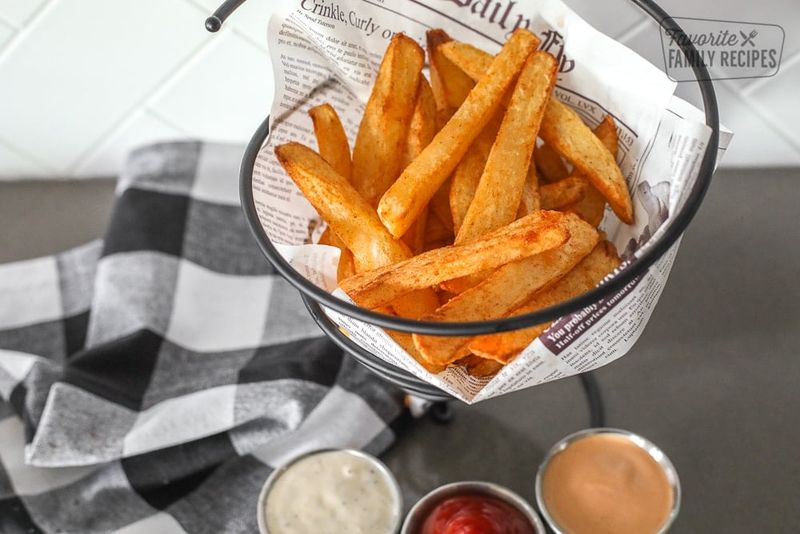
French fries, beloved by many, are expected to be crispy yet tender. Cooking them in seed oils can lead to a soggy texture and an unappealing taste.
Achieving the perfect fry requires an oil that can withstand high temperatures while preserving the potatoes’ inherent flavor. Fast-food chains often use specific oils to ensure consistency, and at home, this choice can make or break your fry experience.
Stir-Fried Vegetables
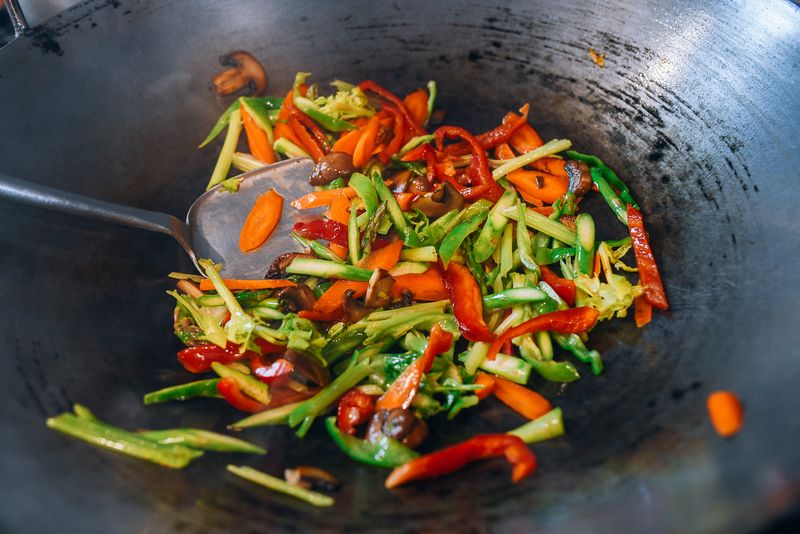
Stir-fried vegetables, celebrated for their vibrant colors and crisp texture, can lose their appeal when cooked in seed oils. These oils may impart a heavy taste that overshadows the natural freshness of the vegetables.
Wok cooking demands high heat, and selecting an appropriate oil is crucial. A light oil that complements rather than combats the vegetables’ flavors ensures a dish that is both nutritious and a feast for the senses, preserving their inherent goodness.
Pasta
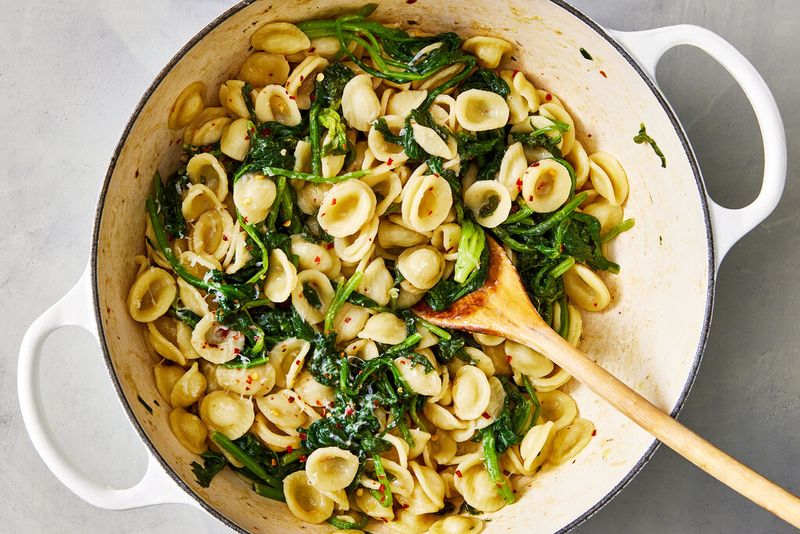
Pasta, a universal comfort food, is best enjoyed with its natural flavors intact. Cooking it in seed oils can introduce unwanted tastes that detract from its classic appeal.
The key to a perfect pasta dish lies in the sauce and toppings, where the choice of oil can make a significant difference. For an authentic experience, using quality olive oil brings out the best in pasta, enhancing its flavors without overpowering.
Shrimp
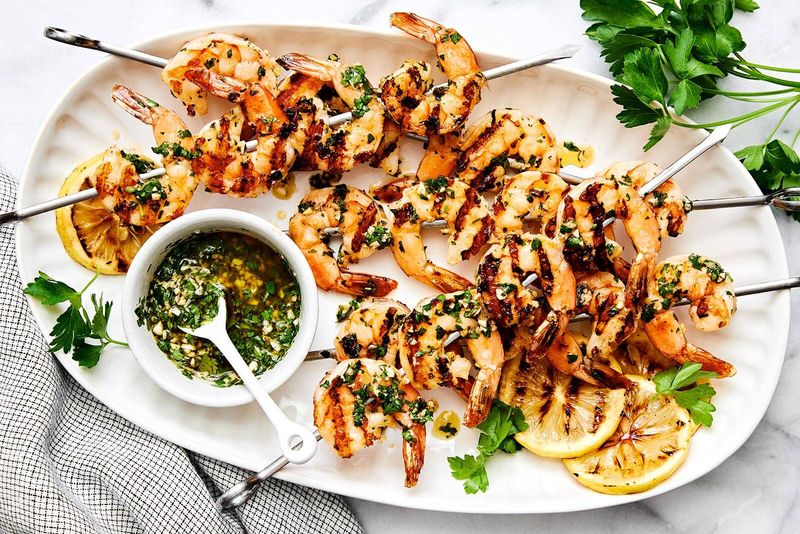
Shrimp, known for its tender texture and sweet flavor, requires careful cooking to avoid a rubbery result. Seed oils can compromise its delicate taste, leaving an oily residue.
The choice of oil can elevate the dining experience, highlighting the shrimp’s natural sweetness and tenderness. Opting for an oil with a clean finish ensures that shrimp remains the highlight of any seafood dish, bursting with flavor and cooked to perfection.
Mushrooms

Mushrooms, with their earthy flavor and meaty texture, need the right oil to shine. Seed oils can smother their unique taste, leading to a greasy and unappetizing dish.
To truly enhance mushrooms’ natural umami, a cooking fat that supports their rich flavor profile is essential. This approach not only preserves their culinary integrity but also elevates any dish they accompany, capturing their essence beautifully.
Rice
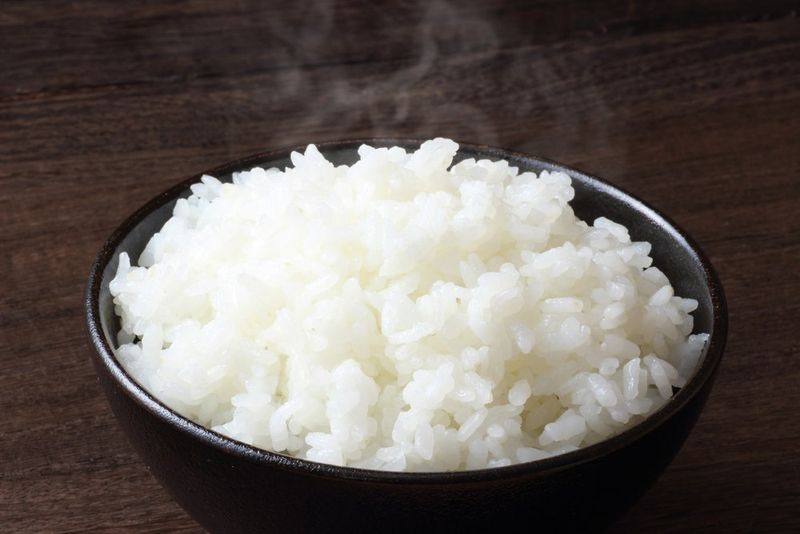
Rice, a staple across cultures, thrives on simplicity. Cooking it in seed oils can introduce unwanted flavors, disrupting the purity of its taste.
For a dish that complements a variety of cuisines, choosing an oil that enhances rather than overpowers is key. The subtlety of rice is its strength, and maintaining this allows it to pair harmoniously with diverse dishes, upholding its status as a culinary cornerstone.
Leave a comment